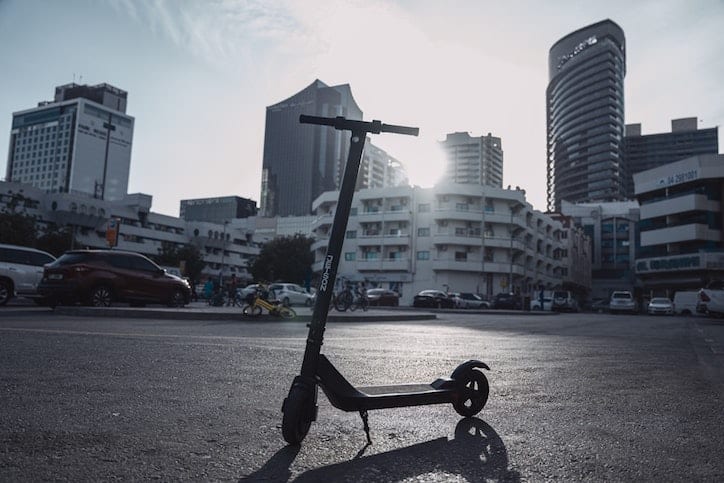For city leaders and administrators wanting to better understand electric scooter demographics and how they relate to their individual areas, look no further than the 2019 South by Southwest (SXSW) Conference. A mecca for innovative, thought-provoking and largely young leaders in business, technology and art, around 8,000 scooters by Uber, Lyft, Lime, Bird and other brands created a literal buzz of activity across the landscape of the last pre-pandemic SXSW event. But it also proved that microtransportation – across all demographics – is more than a mere emerging disruptor in the transportation market. For many, it’s a mainstay, a way of life that is here to stay.
With people of all ages – but particularly younger city-dwellers – increasingly seeking ways to dash from attractions to activities and vice-versa, micromobility in Atlanta and other cities is positioned for explosive growth. But before that happens, cities and local governments should first aim to understand the demographics of electric scooter riders and why they’re choosing micromobility over car ownership or to accompany public transportation.
Why do people like to ride electric scooters?
Male and female, young and old, people are riding electric scooters for a few key reasons. These include minimizing short car trips that require navigating unpredictable city traffic, as well as expensive parking. E-scooters are also an easier option for professionals who don’t wish to ride in a car or rideshare, but also don’t love the idea of cycling to work and needing a shower before they log on for the day. Other factors include expense: Micromobility is far cheaper for frequent, short trips (under 2 miles) than cars – as well as reduced fossil fuel consumption. They can also serve as an easy “last mile” solution for fixed-mode commutes, reducing walking distance and speeding up time to get to destinations.
Who rides electric scooters?
From urbanites to young professionals, from men to women, there’s probably a microtransportation solution for just about everyone out there. While 2019 data suggests that most electric scooter riders in metro areas are male, the addition of new features that assuage local municipalities’ concerns about safety has probably also been the reason for a late adoption boost in female demographics. And women have a largely positive perception of electric scooters, but have indicated in some surveys that they may feel more comfortable riding in specialized lanes designated for micromobility or on sidewalks. Overall, micromobility like e-scooters is extremely popular in the 18 to 50 age group.
Another factor noted for scooter riders surveyed in major urban markets was household income, with more than half reporting a household income of less than $75,000.
Where do people ride electric scooters?
In recent data, it was fairly clear that wherever people ride electric scooters and similar vehicles, they’re not going all that far. Three-quarters of trips observed in one data set were below 2.5 miles, with the median trip length being only 1.2 miles. But don’t forget the psychology of the past year. The COVID pandemic is now in its second year of existence, vaccines are hitting the market, and city shutdown policies are rapidly changing or going away entirely. City leaders can reasonably expect scooter usage to herald a changing consciousness in the city dweller who is yearning to get out and about, but also is understandably tentative about being crammed inside public transportation with tons of people.
With strapped businesses yearning for increased revenue after a tough year, 2021 marks an ideal time for city leaders and administrators to support infrastructure improvements that accommodate these “short tripper” riders and cement the functionality of a microtransportation plan in their urban area.
As city administrators examine all the possibilities, challenges, risks and rewards of developing and executing on a micromobility plan, it’s important to fully understand e-scooter demographics. Doing so will supply the full picture of who such a practice serves while empowering leaders with data and knowledge to promote the best safety and efficacy for their unique path forward.
Dash over to our Resources section to discover more e-scooter statistics, electric scooter demographics and how to start building a successful microtransportation plan for your area today.


